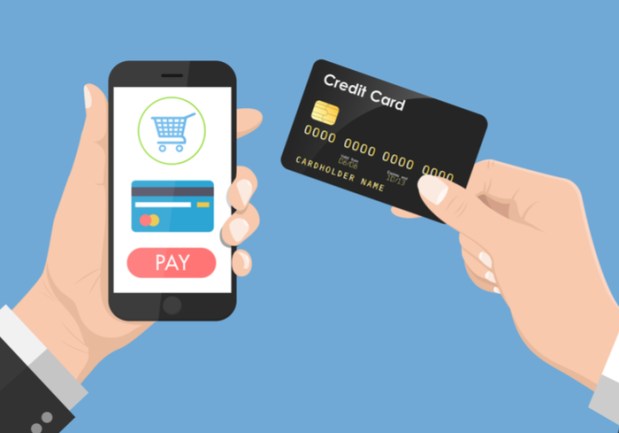Consumer Sessions On Shopping Apps Increase By 54 Percent

When Nordstrom launched Reserve Online & Try In Store in 2016, the retailer sought to provide more smartphone experiences to their customers. Through the program, busy shoppers could choose items via Nordstrom’s mobile app and then head to a store to try them on.
Nordstrom’s new program comes as retailers — from department stores to restaurants — seek to provide smartphone services that will in turn boost their top lines. Walmart, for example, allows consumers to order groceries for same-day delivery on an app, while IHOP enables customers to order pancakes to their doors, according to PYMNT’s Order-Ahead Tracker.
Yet 2017’s session app activity growth rate of 6 percent, which represents a user opening and using an app, was slightly slower than 2016’s of 11 percent. So, as retailers — from department stores to grocers — reach out to consumers on a channel that may be leveling out, here are five things they should keep in mind as they consider mobile strategies moving forward:
Consumers are turning to phablets. As medium-sized phone owners are turning in their devices, they are opting for these larger devices, which are basically a hybrid of a smartphone and a tablet.
Phablets are rich in features and have screen sizes between five and six inches that offer the portability of a smartphone with a larger screen of a tablet. With their bigger screens and speedier graphics, the devices come in handy for e-books and documents. And consumers seem to be catching on: Phablets represented 55 percent of active devices in 2017.
Shopping and entertainment are seeing the most mobile session growth. Shopping sessions grew by 54 percent, while music, media and entertainment came in second with 43 percent year-over-year growth. This expansion comes as retailers continue to introduce new apps like Adidas, which released its first shopping mobile app for iOS and Android last November. Beyond shopping, music continues to grow, too, as on-demand music streaming — through services such as Spotify — outpaces the sales of albums and individual songs.
Lifestyle and gaming are seeing steep declines in mobile session growth. The downward trend in lifestyle app growth, which has decreased 40 percent, shows that apps need to build daily usage habits.
But while gaming saw a decline of 15 percent, gamers themselves are dedicating more time and money to their digital pastimes. Mobile game spending hit $158 million in 2017, for example, up from $150 million in 2016. Sensor Tower saw a similar trend with entertainment apps — like Netflix and HBO — that took in $9.5 million in spending, compared to $4.8 million in 2016.
Apple dominates individual OEM market share, with Samsung close behind. Although Android is the most popular operating system, several different manufacturers use the OS on their smartphones. As a result, Apple — which happens to have its own OS — is the manufacturer with the single largest market share at 34 percent.
Yet Samsung is not far behind, maintaining its share between 2016 and 2017 at 28 percent. But data released in October of last year actually shows that Apple and Samsung could be tied at about 35 percent.
Chinese manufacturers are slowly seeing growth. Apple and Samsung may have competition from Huawei, Xiamoi and OPPO, which are seeing growth in Asia Pacific and Europe. Already, Huawei has edged out Apple in China as the number one smartphone consumers are preparing to purchase, according to a 2017 study of 1,000 Chinese consumers. This growth indicates just how powerful the players making phones in China — like Huawei — have become.
Even as app session activity growth slows, retailers like Nordstrom can still take advantage of consumer engagement from mobile apps. Interestingly, 80 percent of those who tried Reserve Online & Try In Store went on to use the service several times.
